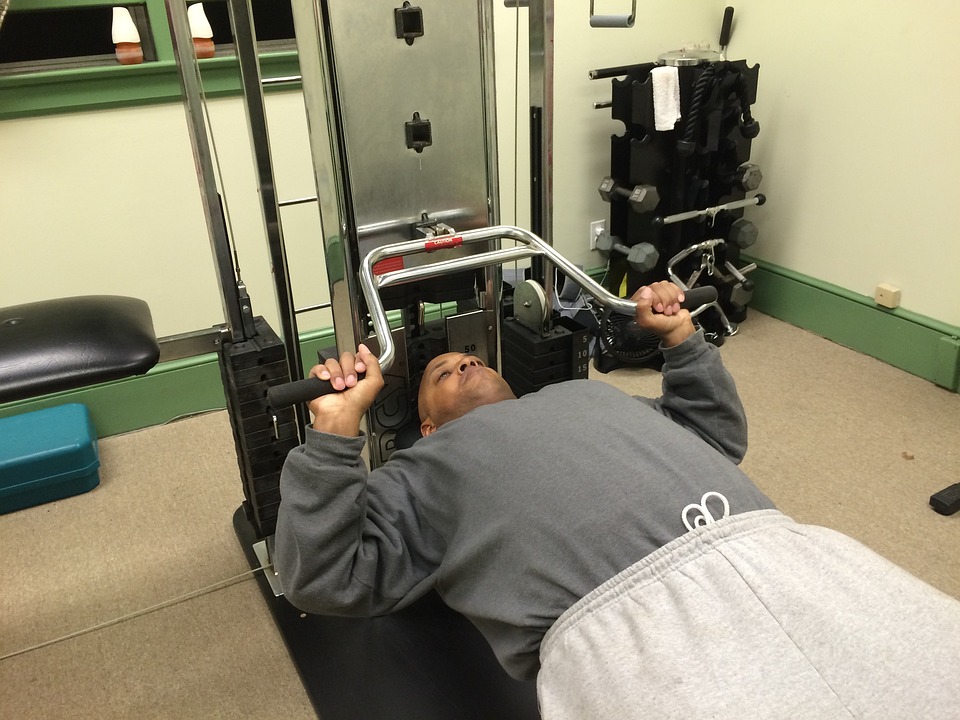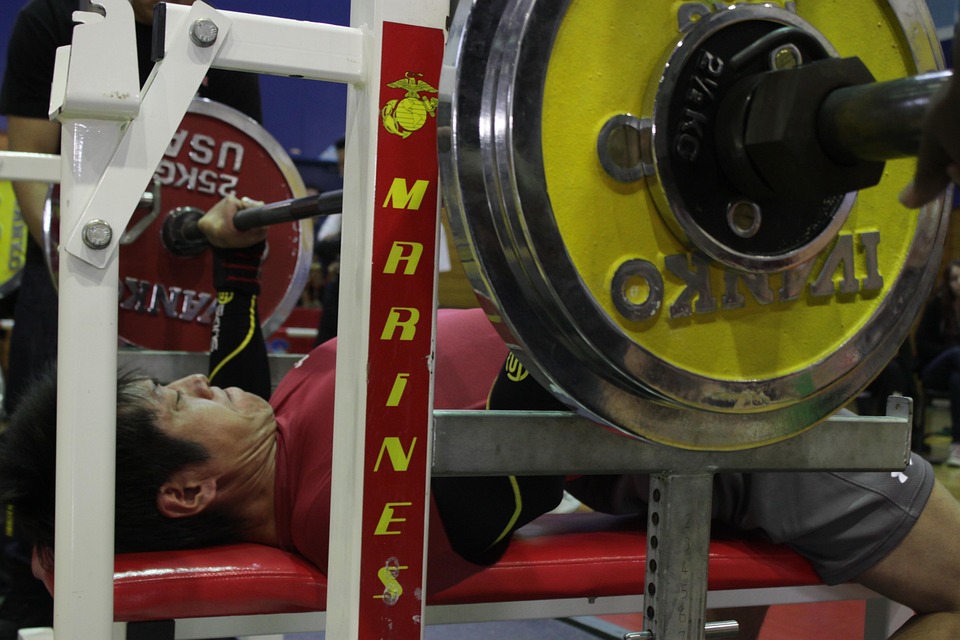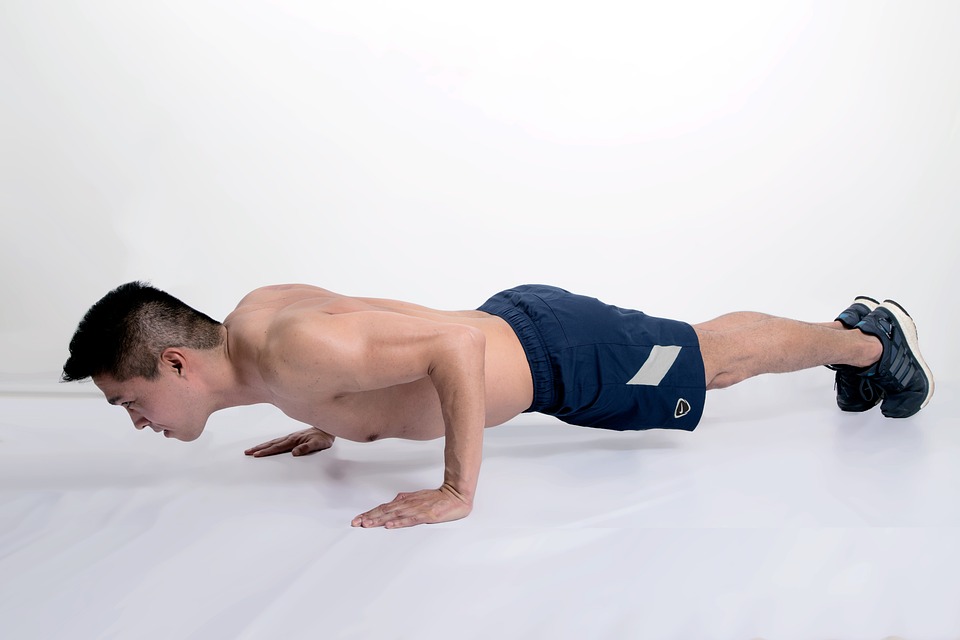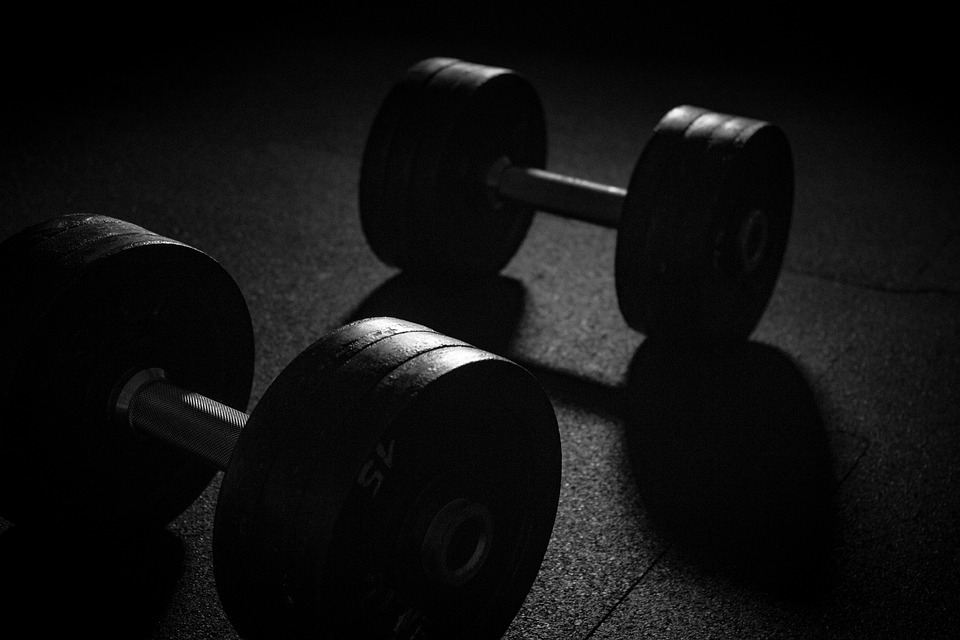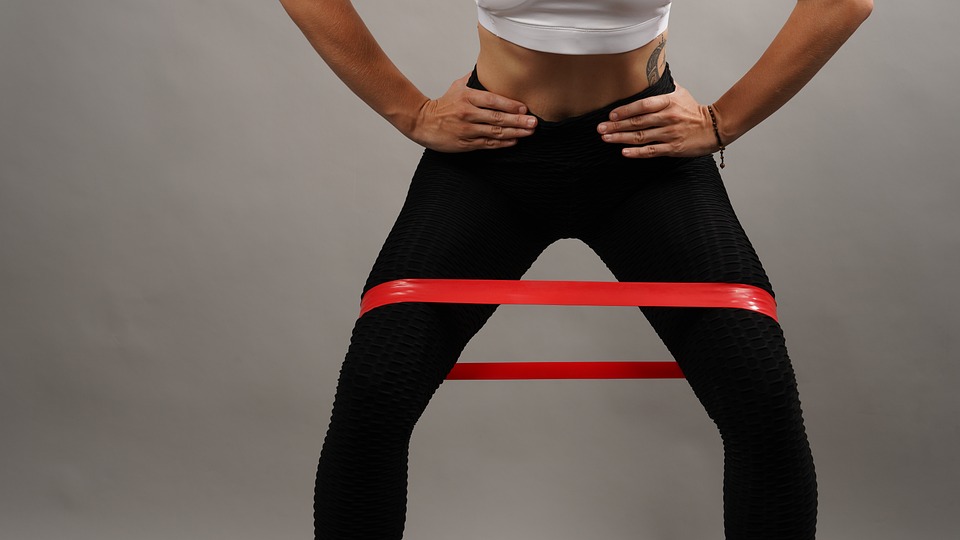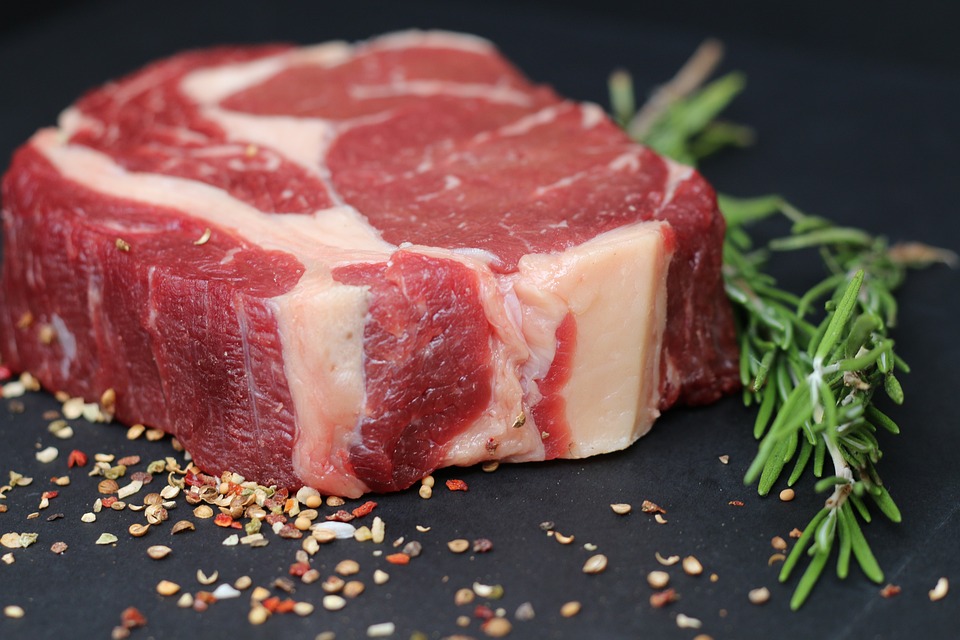
Anybody involved in the sport of powerlifting or anyone who admires it is very well aware of who Stan Efferding is nicknamed “Rhino”. For people unfamiliar with him, he is among a very small number of people in the world who can claim to have done a squat with a weight exceeding 800 pounds and then deadlifted a weight of the same magnitude at the same event.
By the way, at the same event, he managed to lift more than 600 pounds on the bench press.
You could possibly have spotted him on the program Shark Tank offering “The Kooler,” a convenient storage space that keeps all your drinks for the pre, intra, and post-workout activities stored in one icey box.
He has been collaborating with several leading athletes, among them Hafthor Bjornsson, more commonly known as “The Mountain” from the HBO show Game of Thrones.
We won’t speak about the applause Stan has received or the high-end cooler he owns. We are discussing Stan Efferding initially due to the new dietary protocol he is putting forward.
The Vertical Diet is generating a lot of chatter in the world of powerlifting and bodybuilding, with advocates claiming that it’s essential for those who are dedicated to improving in those sports. It is said to be the diet to follow if you are aiming to get the best possible results in powerlifting and bodybuilding, or even in general athletics.
What is The Vertical Diet?
In Stan’s own words, the Vertical diet is:
A nutritional approach that establishes a strong base of easily absorbable micronutrients and consists of simply digestible macronutrients which can be tuned to meet your body’s needs precisely.
We must emphasize this point clearly before proceeding. A dietary regimen made to help top-level athletes become bigger, faster, and more powerful is known as the Vertical Diet. It’s not for the overweight, sedentary couch potato. The intention behind “going vertical” is to optimize digestive capacity so the body can get the most out of the nutrients from all the carbohydrates consumed.
Explaining the Vertical Diet
The primary emphasis of the Vertical Diet is on the caliber of calories since Stan subscribes to the belief that not all calories are the same, while a secondary emphasis is placed on eating only those calories that the body can properly process. You consume more calories than your body is able to utilize, so some of them are turned into waste because your body is unable to absorb them.
Nutrient partitioning is how your body processes the nutrients in the food you eat. Going vertical is focused on increasing this ability and helping you to perform better and faster recuperation times.
One likely ponders what consuming a horizontal diet constitutes and how it differs from a vertical diet.
Vertical vs Horizontal Dieting
A regular diet that is consumed habitually by the majority of the population is called a “horizontal” diet. We strive to consume predominantly natural foods, procured from a broad variety of purveyors, of all hues. You could start the day with eggs and oatmeal for breakfast, then have a sandwich with a side salad for lunch and for dinner, you might enjoy steak, vegetables, and potatoes, and for dessert treat yourself with some ice cream since it tastes great and remains within your nutritional goals.
Stan Efferding gained insight into his nutrition while training with Flex Wheeler many moons ago, leading to the formation of the Vertical Diet. Basically, the Vertical Diet revolves around the daily consumption of a few foods that are packed with essential nutrients, rapidly absorbable, and, most importantly, easy to digest.
Increasing the daily intake of calories from these foods gradually over time is known as “going vertical.” As your workout needs increase, you should opt for more calorie-dense foods. Stan states that proteins and fats have a limit in terms of the benefit they can provide to the body, yet carbohydrates are what will drive one to greater muscular and athletic accomplishments. Be ready to eat a lot of carbs if you are following the Vertical Diet.
The dietary regimen of Stan includes steak and rice as the central foods. Stan emphasizes that eating ground meat (popularly known as “hamburger”) is not equivalent to enjoying a steak. Meat that is tagged as “ground beef” is generally composed of the remnants of cows and the leftovers from cutting up steaks and roasts. Do not mix up “ground meat” with “ground sirloin” or “ground round”. Whereas “ground meat” comes from more than one cut, the other two are produced from a single portion of beef.
Basically, steak and ground hamburger are two completely different types of beef, so even though they are both beef, ground meat can’t substitute for steak. When deciding how to choose what kind of beef to eat, always go with the highest quality option in order to get the most nutritional calories.
Stan completes his diet by adding simple, nutrient-packed items to ensure his micronutrient needs are being met. Among these “other foods” are:
- Eggs
- Oranges or orange juice
- Carrots
- Cooked veggies (low-gas veggies)
Rather than eating high-gas foods such as beans and peas, the Vertical Diet suggests consuming low-gas vegetables such as butternut squash, carrots, celery, parsley, zucchini, cucumber, bell pepper, eggplant, spinach, and a small, steamed potato. However, don’t rely heavily on these types of foods as the primary source of your nutrition; include them in your diet just enough to fill your need for micronutrients.
Example of The Vertical Diet used by Hafthor
You would begin consuming the right amount of steak and rice in order to reach your daily protein and carbohydrate intake goals as an elite athlete. The Vertical Diet generally calls for four or five meals containing 6 oz of steak and a cup of rice.
Stan’s customers reported experiencing cravings for food only an hour after finishing eating after a short period of time. Consequently, he suggested they should incorporate another meal with steak and rice. After a further period of seven to ten days, you will again find yourself becoming hungry soon after eating. At this stage, athletes should include a 2-ounce piece of steak and a half cup of rice per meal.
Take note of the fact that these individuals are top-level competitors and may be exercising for several hours many times a day. They need A LOT of food.
The procedure repeatedly happens in the long run, permitting you to eat a steadily increasing amount of sustenance (growing more “elevated”), which encourages more extensive instructional meetings and recuperation, thus leading to extraordinary progress.
Why do athletes feel hungry soon after they have eaten?
As per the Vertical Diet, your body is extremely proficient in processing the steak and rice you’re giving it, implying that every single thing you eat is not being squandered. Any food that you consume is only for the purpose of repairing and building muscle.
In the end, the Vertical Diet calls for you to progressively raise your consumption of food (largely from quickly digesting carbohydrates) so as to make it easier to work out more intensely and recover faster, thereby making it possible to do more training. Eventually, the objective is to accrue bigger, better gains in muscularity and strength.
Keep upping your carbohydrate intake (growing your portion sizes) and you will keep gaining muscular size and strength.
Vertical Diet vs Clean Eating
The vertical diet has many similarities to clean eating, yet it is not identical. Its focus is on whole foods, with no allowance for ‘unhealthy’ food items. When adhering to the clean eating plan, you are allowed to enjoy as many vegetables, whole grains, lean proteins, and healthy fats as you desire. The Vertical Diet requires the usage of only a few specific whole foods to provide the energy necessary to perform well and meet the micronutrient requirements.
It may not appear to be substantial, however, it is still present.
The Vertical Diet can be seen as a variety of a low-FODMAP eating regimen. FODMAP stands for fermentable oligo-, di-, monosaccharide, and polyol. High FODMAP foods include:
- Artichoke
- Asparagus
- Baked beans
- Bananas, ripe
- Beetroot, fresh
- Black bean
- Broccoli
- Onions
- Garlic
Basically, diets that limit FODMAPs are employed to battle conditions such as irritable bowel syndrome, along with other disorders of the digestive system. This is done by eliminating foods that contain carbohydrates that the body struggles to break down.
If you don’t have IBS, an allergy, or a digestive issue, no solid scientific proof exists to suggest that you should stay away from foods that have been mentioned. They are packed with essential vitamins, minerals, and other beneficial micronutrients. Furthermore, they are rich in dietary fiber and abundant in liquid, helping the digestive system to run properly.
What Can You Eat on the Vertical Diet?
This eating plan contains a set of foods that are permitted, as well as those which are not allowed. The selection of food you can have is more limited, so let’s focus on those.
White rice and red meat will form the basis of your daily meals. White rice is extremely straightforward to break down and does not contain any fiber, fat, or poisonous substances – it’s as delicious a carbohydrate as can be found. Brown rice is not an available option because it is high in anti-nutrients.
Efferding suggests that red meat is the optimal form of protein, citing its high density of vital components such as heme iron, B vitamins, zinc, magnesium, creatine, and healthy fats.
That is one of the worries associated with the Vertical Diet. Recent years have seen nutritionists and dietitians demand that people reduce their consumption of red meat due to a correlation between it and greater chances of developing cancer and heart problems. The newest regulations recommend limiting your consumption of red meat to 18 ounces in a span of seven days, however, if you are eating it daily, your intake will surpass this amount. Once more, speak to your doctor before attempting the Vertical Diet.
The majority of your caloric intake will be derived from two primary food sources if you decide to stay on this course. Sources of red meat include:
- Beef
- Bison
- Buffalo
- Lamb
Efferding advises avoiding white fish and poultry, as they are not as nutrient-rich as red meat.
Underneath the high stacks of beef and rice, there is a broad foundation of plants: apples, spuds, kale, red chilis, carrots, juice, plus several animal-derived items including butter, broth, and oily seafood.
What Can’t You Eat on the Vertical Diet?
The list of items that are prohibited on the Vertical Diet is much larger than the list of foods that can be consumed. According to Efferding, these edibles can impede digestion and offer limited nutrition to the body.
Grains
The diet is not favorable to pasta, cereal, or bread, except for fermented sourdough bread, as it is known to contain phytic acid and gluten. Some nutritionists are hostile to this advice because whole grains include many vital micronutrients. Harvard Medical School has stated that incorporating whole grains into one’s diet has been associated with a reduced likelihood of developing colon cancer and cardiovascular disease.
Oats
Bodybuilding participants typically include these items in their regimes, however, their abundance of antinutrients makes them taboo for adherents of the Vertical Diet. The ingestion of oats, similar to other cereals, has the potential to decrease the likelihood of certain illnesses.
Legumes
Legumes include things like beans, soybeans, lentils, and chickpeas. Legumes, such as beans, are viewed as a way to get lectins, which can bring about an accumulation of gas. One is allowed to consume foods that have been soaked and fermented, as part of the Vertical Diet.
Legumes have been connected to reducing the chances of several illnesses. A diet high in fiber, such as what is usually found in Mediterranean dishes, is believed to help in the fight against diseases, including diabetes.
Processed Vegetable Oils
These foods contain an excessive amount of Omega-6 fatty acids, which studies have revealed can cause inflammation, heart issues, and obesity. Nutrition experts have been recommending limiting the consumption of processed oils, so it would be in your best interest to avoid them regardless of whether you stick to the Vertical Diet or not.
Coffee
Efferding claims that coffee causes dehydration and impairs digestion. There is research to back up those claims.
“I don’t eat foods I like. I eat foods that are like me,” he says. Improving your gastrointestinal health and servicing your digestion could lead to increased comfort and wellness than you would gain from regular comfort items.
The compounds that are in coffee, such as polyphenols, may help to protect against cancer, but they can also be found in different types of herbal teas.
Sugar Alcohols
Substances such as erythritol and xylitol, which have a sweetness similar to sugar, are often seen in protein bars and ice cream marketed as lighter alternatives. Some people struggle with indigestion when consuming grains and legumes, however, this is not a widespread occurrence. No negatives exist concerning reducing your sugar and alcohol intake, therefore there is no disagreement about this subject.
High Raffinose Vegetables
Excluding cruciferous vegetables such as broccoli, cauliflower, and asparagus may be deemed the most questionable decision. Why cut these out? Raffinose, a type of sugar present in certain vegetables, grains, and legumes, is largely indigestible and can be the source of gassiness.
It cannot be denied that these types of food have a large number of essential nutrients and have been linked to reduced levels of swelling, cell harm, and a minimized risk of cancer.
Garlic and Onions
The foundation of the tastiest, savory meals? Not for you — they’re high-FODMAP foods. Your meal might be lacking in taste, however, there is no damage to your health because of the absence of these additives.
In place of high-FODMAP foods, fennel, celery, bell peppers, and carrots can all be used as they are all low-FODMAP.
Vertical Diet Macronutrients
The Vertical Diet typically includes a low intake of fat, but the carb count can be tweaked by altering the quantity of food consumed.
The total calories you’ll eat per day depend on your basal metabolic rate and your workload, but the basic macronutrient profile looks something like this:
- Protein: one gram per pound of body weight
- Fat: 0.3 grams per pound of body weight
- Carbohydrates: The rest of your calories
To decide how many calories you require daily, the first step is to calculate your basal metabolic rate, which is the amount of energy your body expends merely to remain alive or assert the same weight. This can be examined in a laboratory; however, it would be costly and require a significant amount of time.
If you want to reduce your weight, you should consume fewer calories compared to the usual number of calories you take in each day, which is normally 300-500 calories. Conversely, So as to develop muscle in a healthy manner, you should increase the regular amount of calories eaten, by 300-500 calories.

